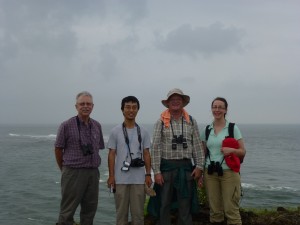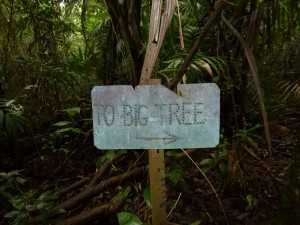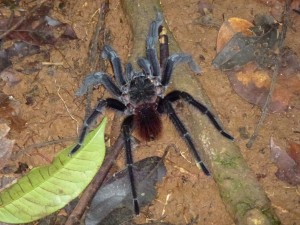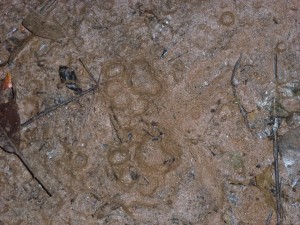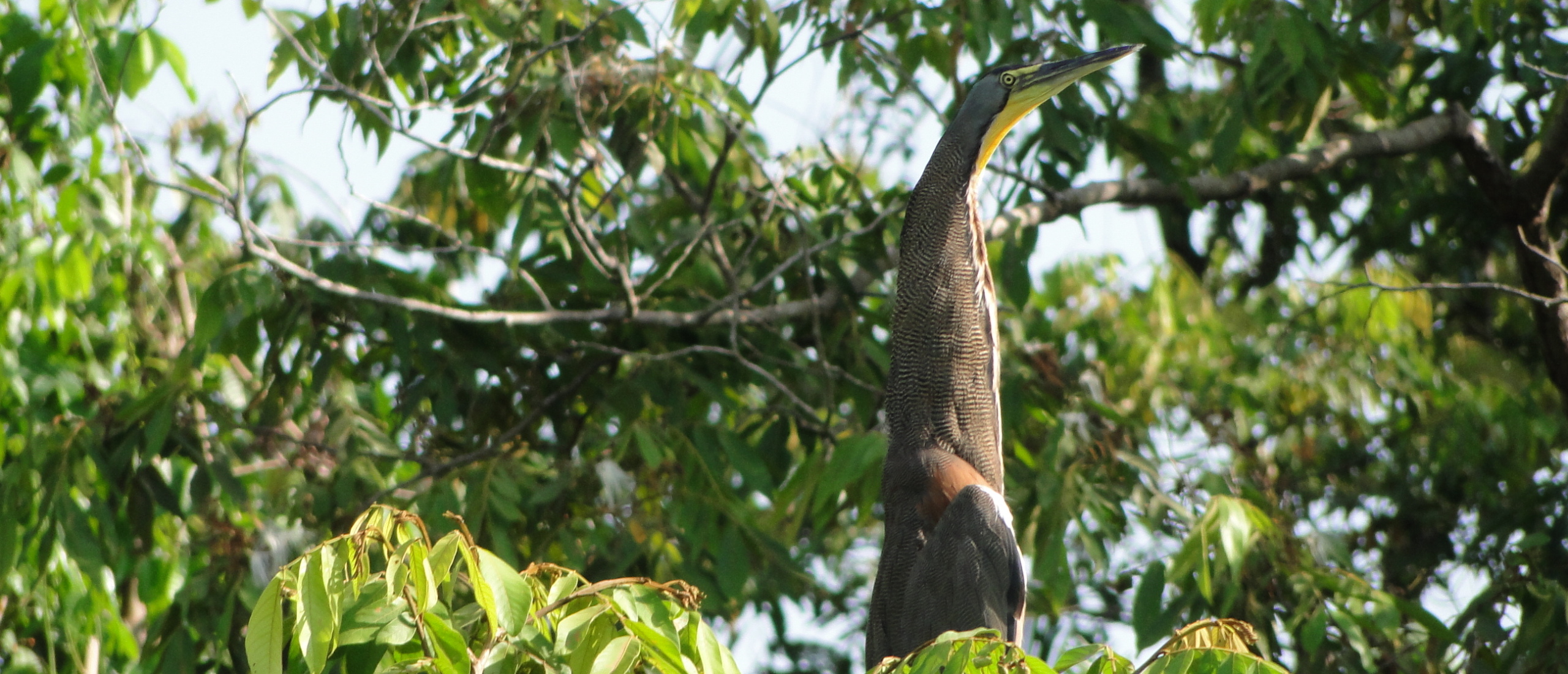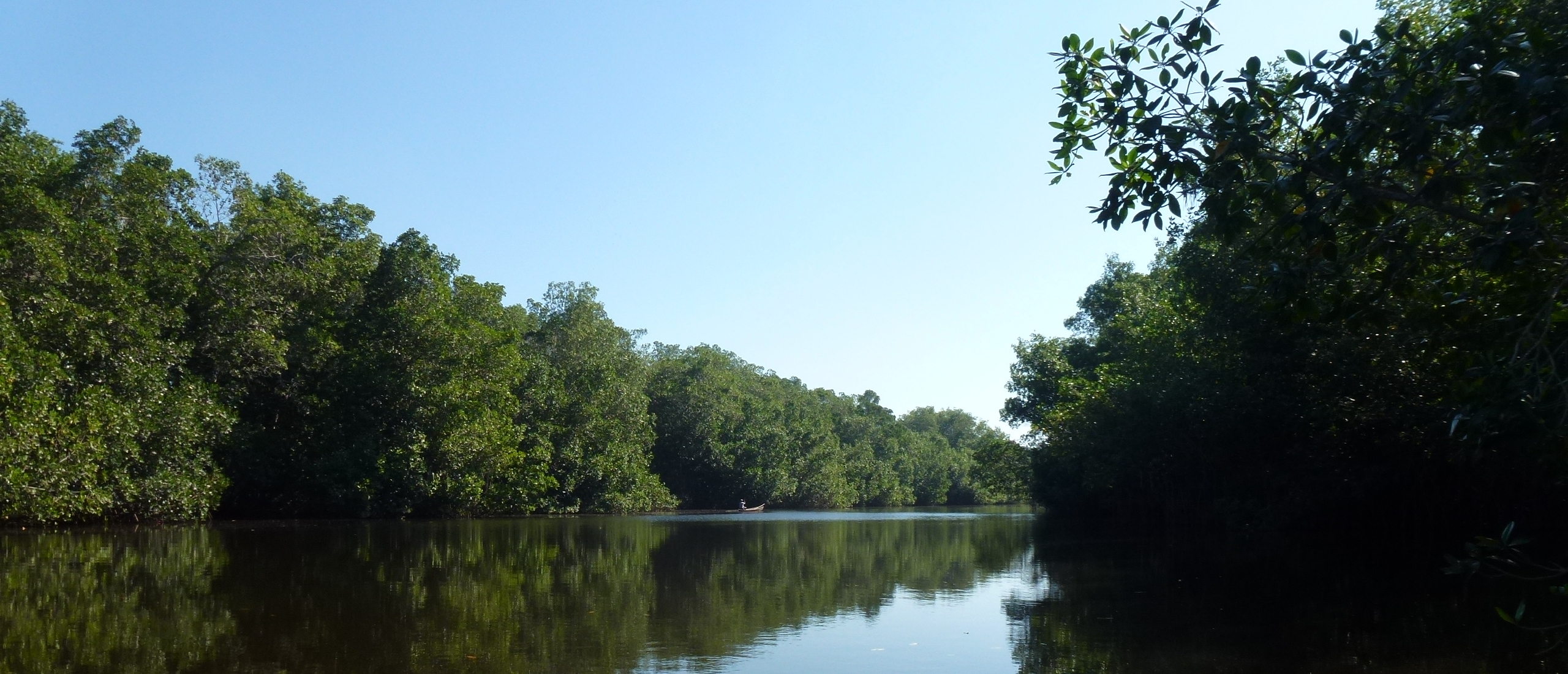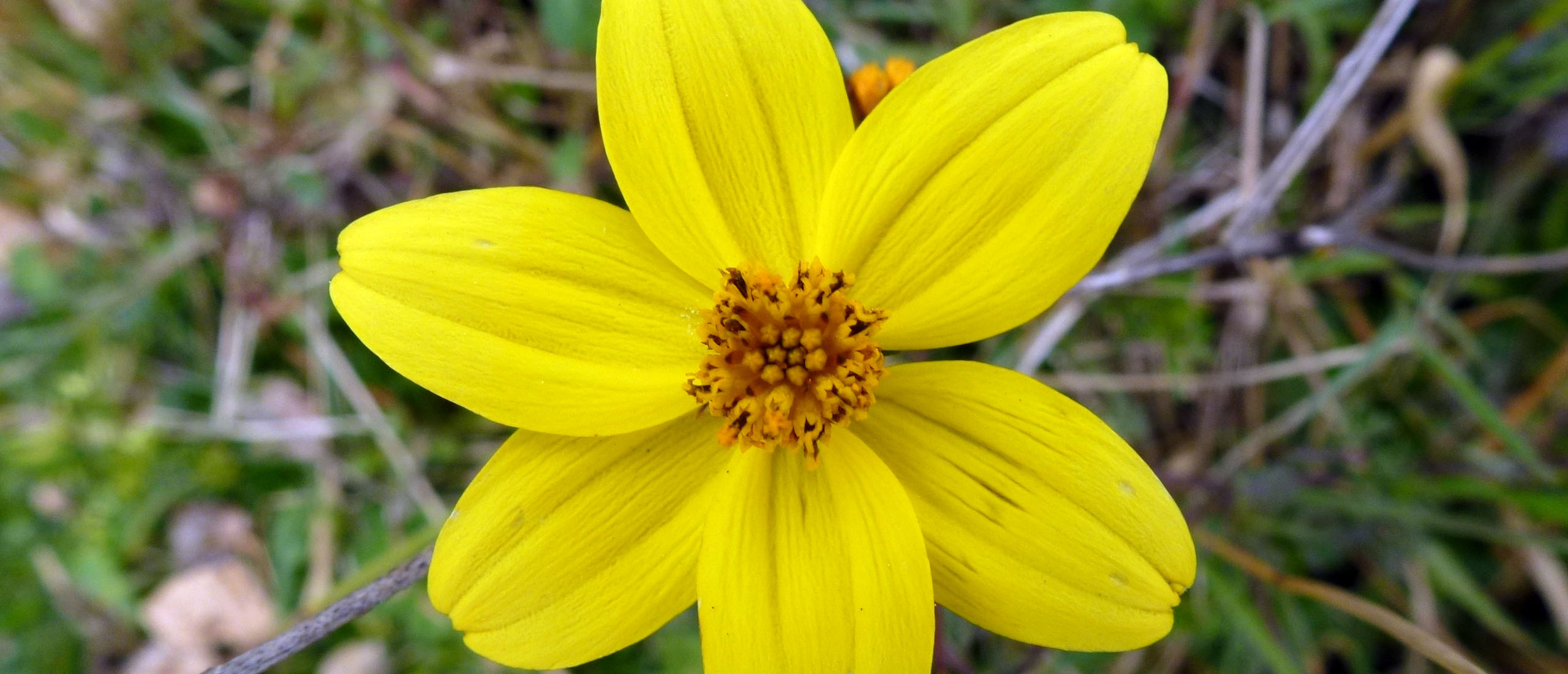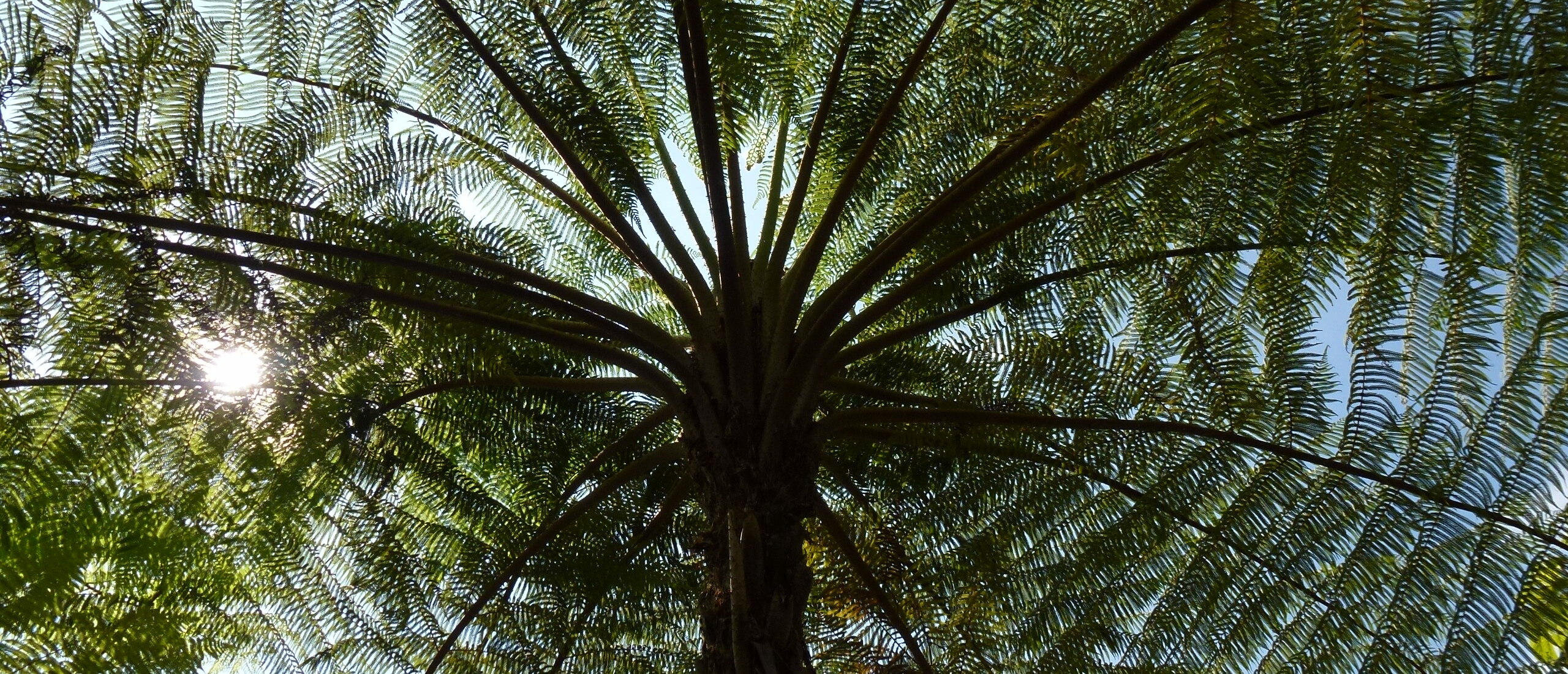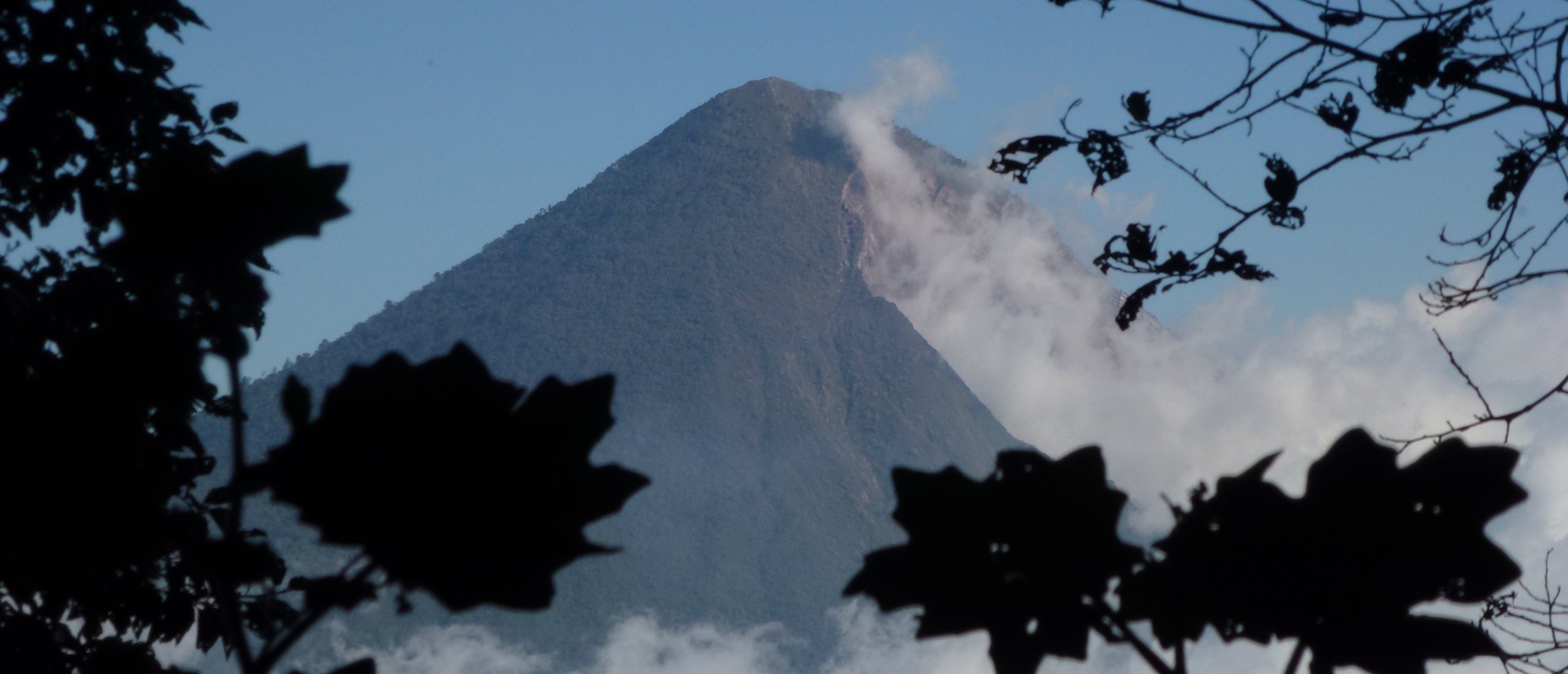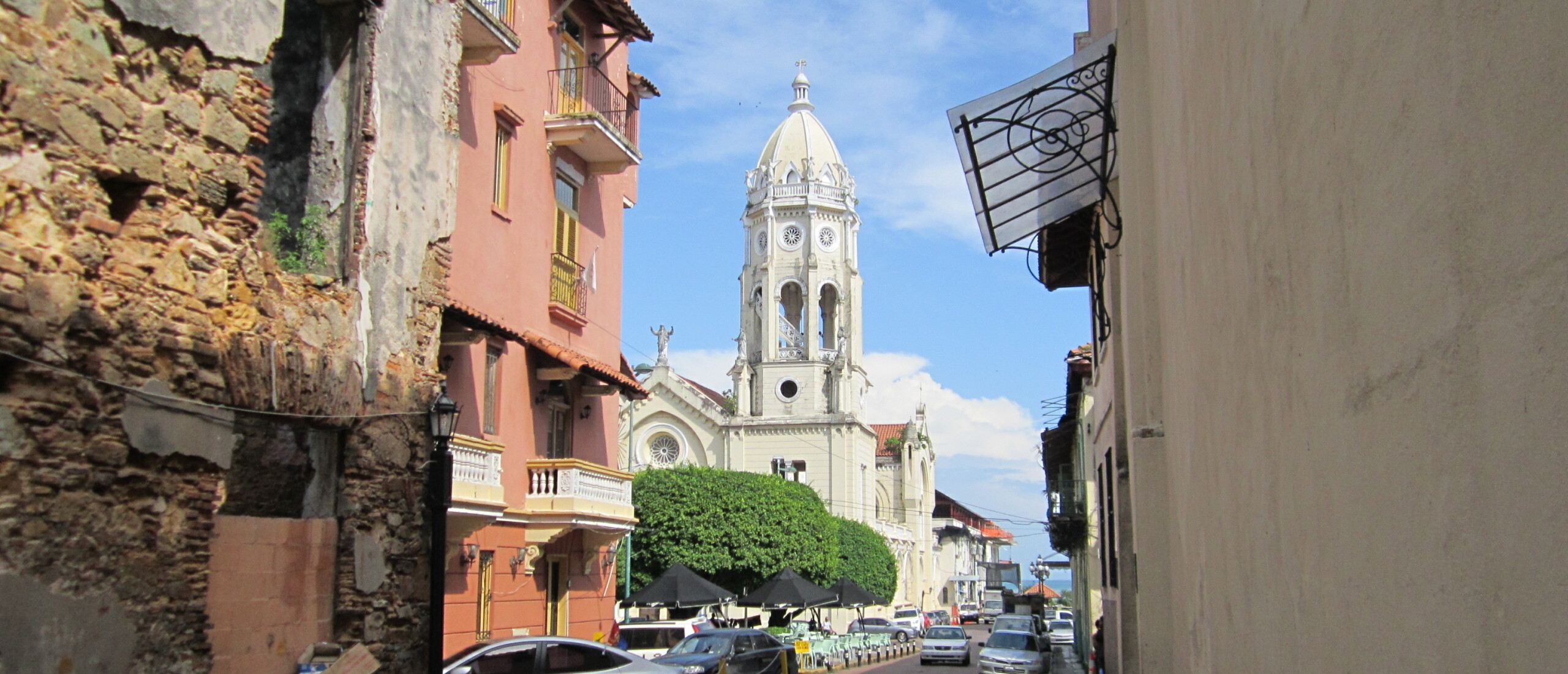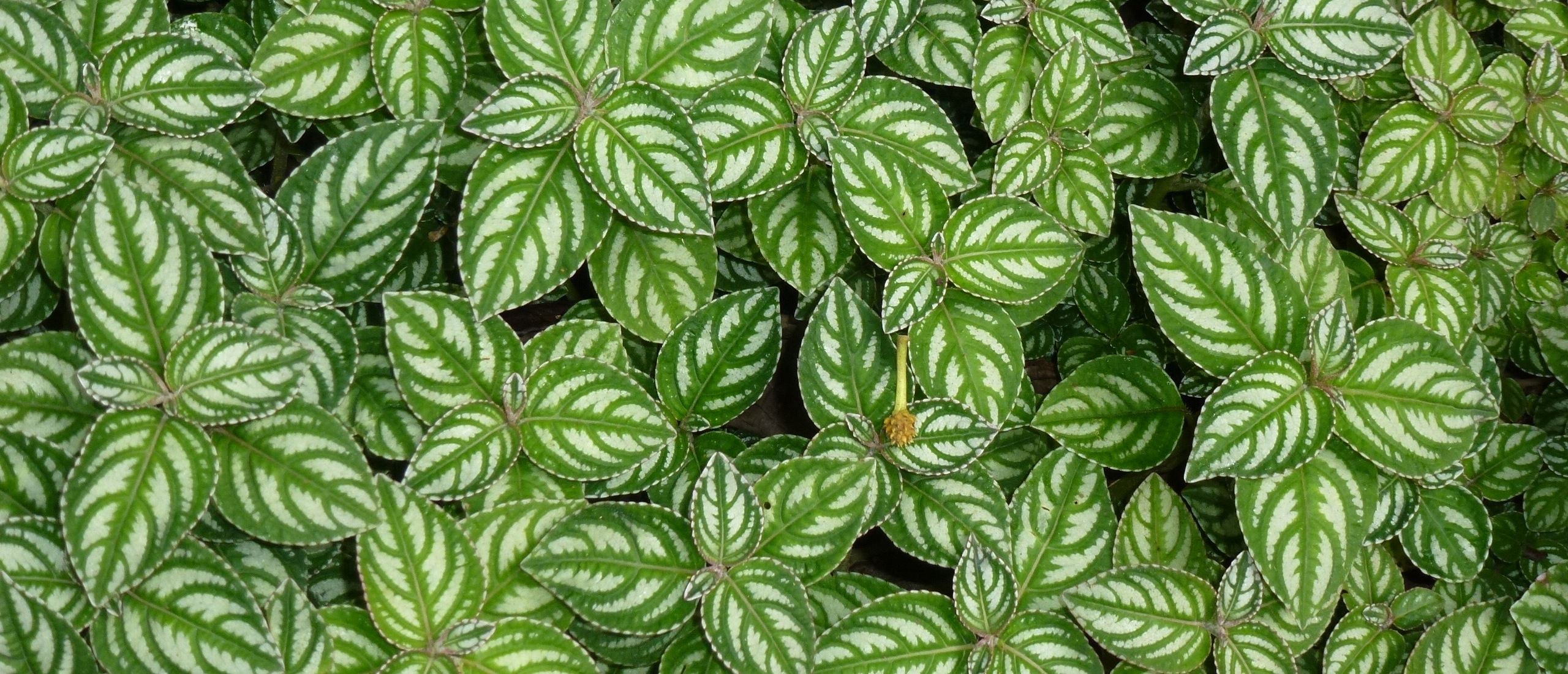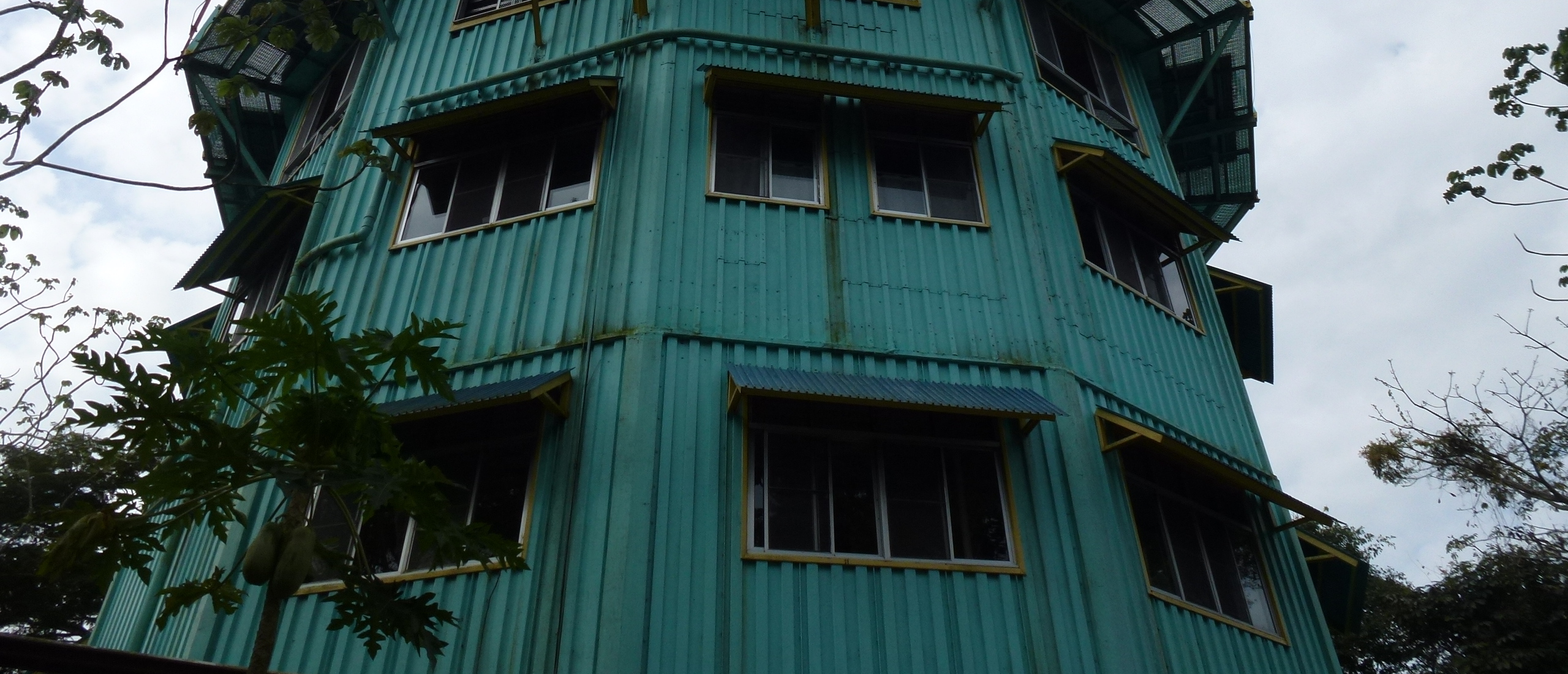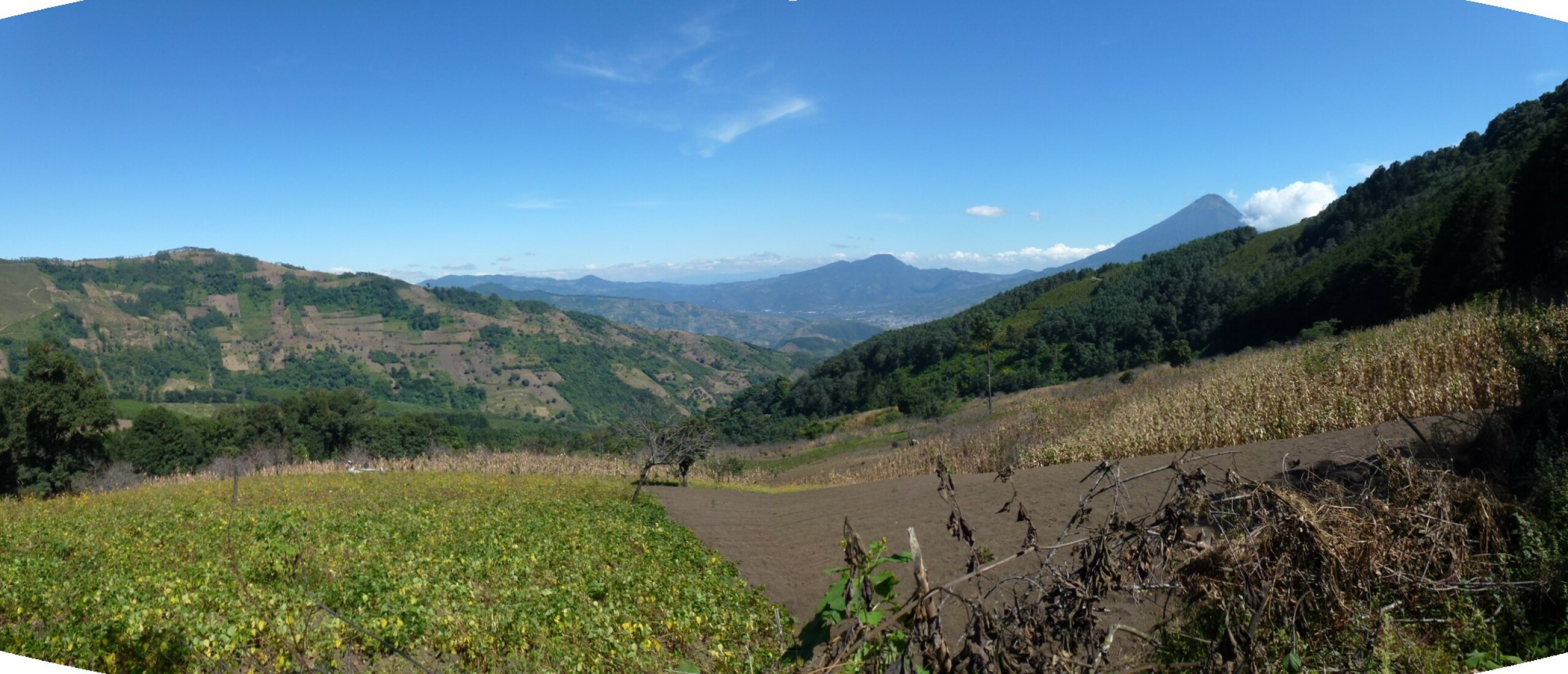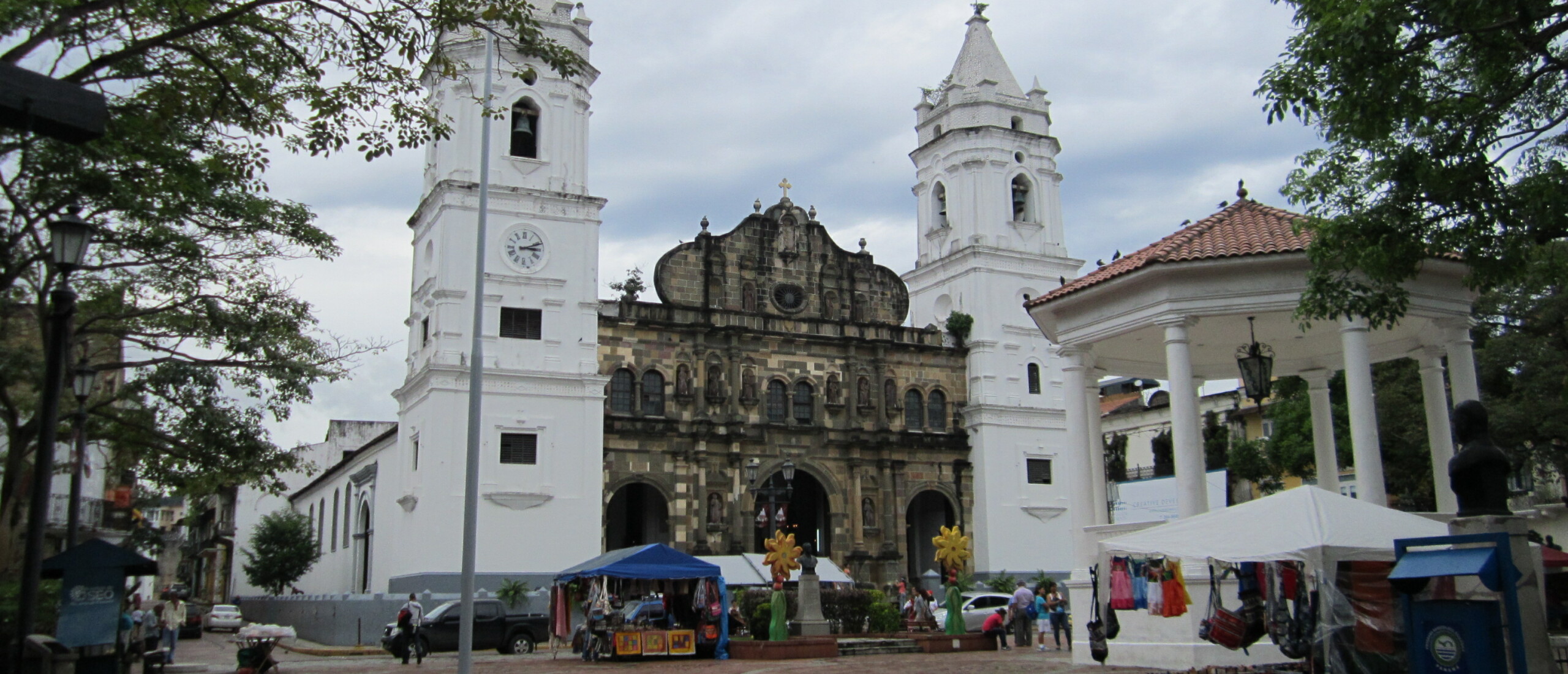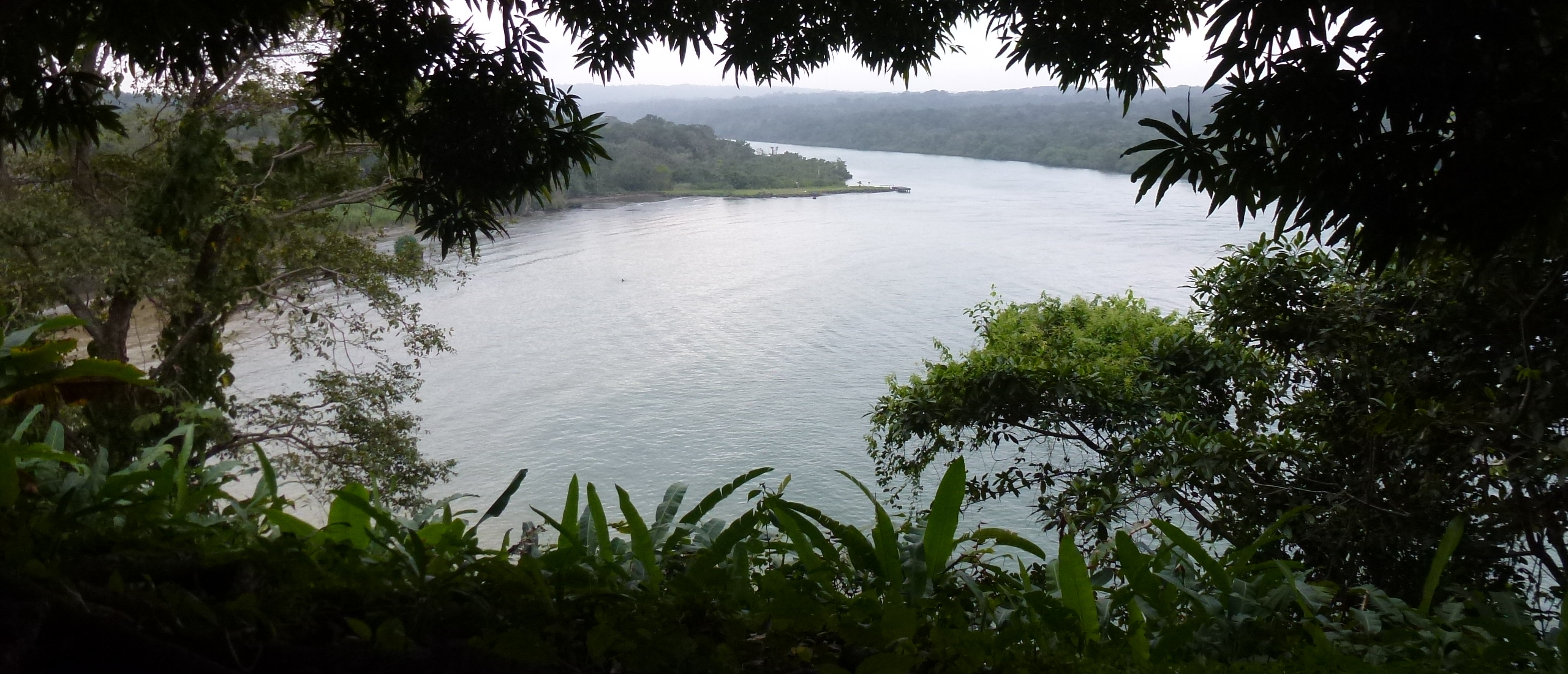
Beetles, Butterflies and Tarantulas along the Panama Canal After a rather slow start, Panama has really begun to pick up - to a large extent thanks to our new friends at the Smithsonian Tropical Research Institute, or STRI. We finally made our escape from the capital on Tuesday, driving literally from ocean to ocean in approximately one hour, and crossing the Panama Canal in the process, at the famous Gatún Locks, a true masterpiece of marine engineering. We were joined by my Japanese entomologist friend whom I knew from Guatemala, Jiichiro Yoshimoto, who is on a short trip to Panama and Costa Rica, and who has added a very pleasant extra dimension to this part of the journey. After negotiating the horrendous traffic on the outskirts of Colón, Panama’s main Caribbean port and a notorious hotbed of poverty and crime, we checked into our spacious but distinctly gloomy accommodation, the Davis Suites, on the former U.S. military base of Fort Davis, which since the pullout of U.S. forces in 1999 has become nothing short of a ghost town, and the Davis Suites, which must have seemed luxurious perhaps in the 1970s, have definitely seen better days. Once we had checked in, we headed in our hired Fiat Panda, first across the Gatún Locks themselves, where we marveled at the intricate manoeuvres that are required to guide the huge ships that use the canal into these locks, sometimes with literally inches to spare on either side. From here, we turned northward, almost immediately coming to a bridge over the original French canal, which cost more than 22,000 lives and was eventually abandoned after the company involved went bankrupt. The French canal is now a quiet backwater, and it was not long before we realized that what had appeared to be a floating log was in fact a crocodile of considerable proportions.
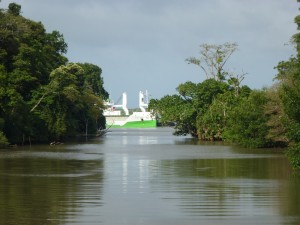 The tranquil French canal, with huge ships passing beyond on its more modern replacement
The tranquil French canal, with huge ships passing beyond on its more modern replacement
We continued onwards through the forest, most of which seems to be well protected in the Parque Nacional San Lorenzo. We finally reached the end of the road at the abandoned U.S. base of Fort Sherman, complete with derelict accommodation blocks, potholed roads and an atmosphere of having been left behind in the last century. However, in the midst of all this desolation, we were astonished to find the thriving Shelter Bay Marina, and even more so, a restaurant catering almost exclusively to the yachting set, but where we were made to feel welcome when we looked in for a very late lunch. Our evening entertainment involved driving into Colón, to a large shopping complex called Cuatro Altos, which we only reached after negotiating the appallingly potholed ring road, taking the wrong road altogether and finding ourselves heading back towards Panama City, and then conducting a somewhat hair-raising u-turn in order to get ourselves back on track. We did not find any enticing-looking restaurants in Cuatro Altos, although the Supermercado El Rey seemed well-stocked enough. Yesterday, Wednesday 21st, turned out to be a real highlight. We were joined by Donald Windsor, from STRI, who drove across the isthmus in a Toyota Hilux pickup, found us at the Davis Suites, and then took us over the locks again and then to a forest road accessible only to STRI scientists, where we soon began to find some spectacular butterflies including at least two species of the magnificent large metallic blue Morpho and a huge Caligo, or Owl Butterfly. Jiichiro and Donald were in Seventh Heaven, searching for beetles in the roadside vegetation, while Howler Monkeys uttered their unearthly roars in the trees overhead.
 The magnificent Caligo, or Owl Butterfly
The magnificent Caligo, or Owl Butterfly
After a very pleasant morning, admittedly including a severe drenching whilst walking the Trogon Trail on the Achiote Road, we headed back to Shelter Bay for a well-earned lunch and a short break…..but it was not long before we were back in the pickup for the short drive to the amazingly situated ruins of Fort San Lorenzo, perched as it is high on the cliffs overlooking the mouth of the Rio Chagres. Here we wandered around, marveling at this strategically located former Spanish stronghold, which dates back to the sixteenth century, and at the view of virtually pristine lowland tropical forest that stretches back from the wild, driftwood-strewn beaches here.
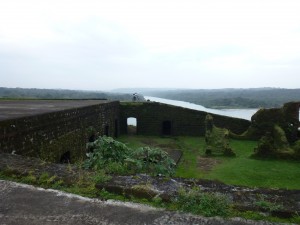 Part of the ruins of Fort San Lorenzo, with the Chagres river beyond
Part of the ruins of Fort San Lorenzo, with the Chagres river beyond
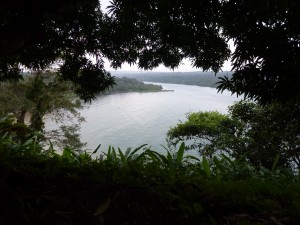 Mouth of the Chagres river from Fort San Lorenz
Mouth of the Chagres river from Fort San Lorenz
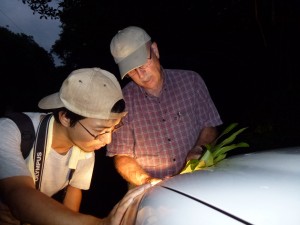 Jiichiro and Donald examining fern leaves for leaf mining beetles
Jiichiro and Donald examining fern leaves for leaf mining beetles
Today has been another absolute highlight. We had to be up by 04.15, which was not an easy task, but better safe than sorry as we had a longish drive to Gamboa, on the shores of the canal, but a long way back towards Panama City, where we were due to catch the boat to the STRI’s reserve of Isla Barro Colorado. This forest-covered island was created when Gatún Lake was flooded during the works to construct the canal, and has been one of the World’s premier tropical forest research stations since 1923. The 40-minute boat ride out to the island was a pleasure in itself, involving first running along actually in the canal, and then veering off to the north-west, across the lake, which is surrounded by forested peninsulas and low hills. It is amazing to see the huge ships navigating through such wonderful, wild habitat.
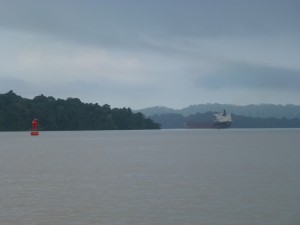 A large ship passing by the tropical forest-covered islands
A large ship passing by the tropical forest-covered islands
It was not long before we started our hike along one of the trails on the island, in the company of our enthusiastic guide Juan Carlos. And it was certainly to be an entertaining morning – among the many creatures we observed were both Howler and White-faced Capuchin Monkeys, huge trails of army ants, attended by Slaty Antshrikes and Spotted Antbirds (these do not feed on the ants, but rather forage on any other insects which are disturbed by them), a Bright-rumped Attila (a very discreet flycatcher that remains in deep shade), a number of unusual frogs and toads, Pierella luna and Cithaerias menander (two Satyrid butterflies that also only occur in deep forest), and several interesting bee species – Juan Carlos is an entomologist who has studied the bees of Barro Colorado in some detail.
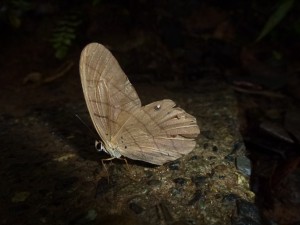 Pierella luna, a deep-forest Satyrid butterfly
Pierella luna, a deep-forest Satyrid butterfly
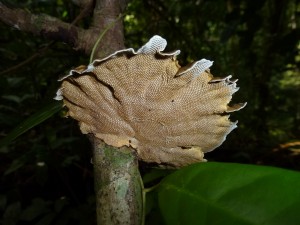 An intricately-patterned fungus
An intricately-patterned fungus
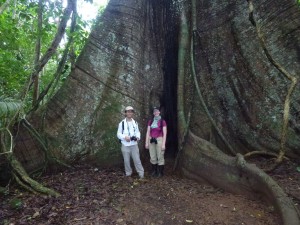 And an accurate one too - base of a giant Ceiba tree
And an accurate one too - base of a giant Ceiba tree
But perhaps the prize has to go to the tarantula that was disturbed by Juan Carlos, and then ran out of its hole onto Hélène’s foot, before scuttling off, but not before allowing me to obtain a couple of reasonable shots….although I could not bring myself to approach too closely!
We finally returned to the scientific station, sweaty and more than ready for the delicious lunch that awaited us, but well satisfied with our morning’s observations. In honour of my great grandfather’s contributions to entomology in Panama, we were only charged only $15 rather than the usual $70 for the privilege of visiting this outstanding open-air laboratory. My sincerest thanks go to all those who facilitated our visit.


